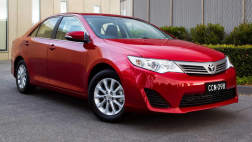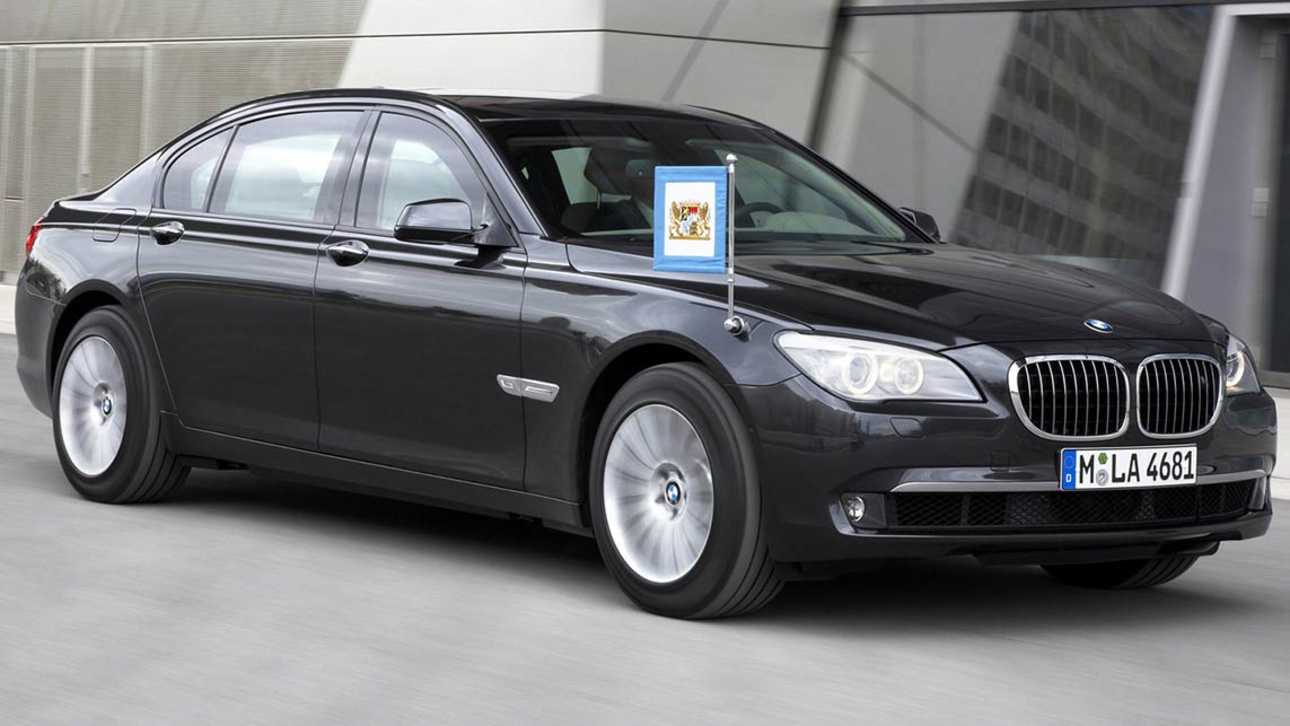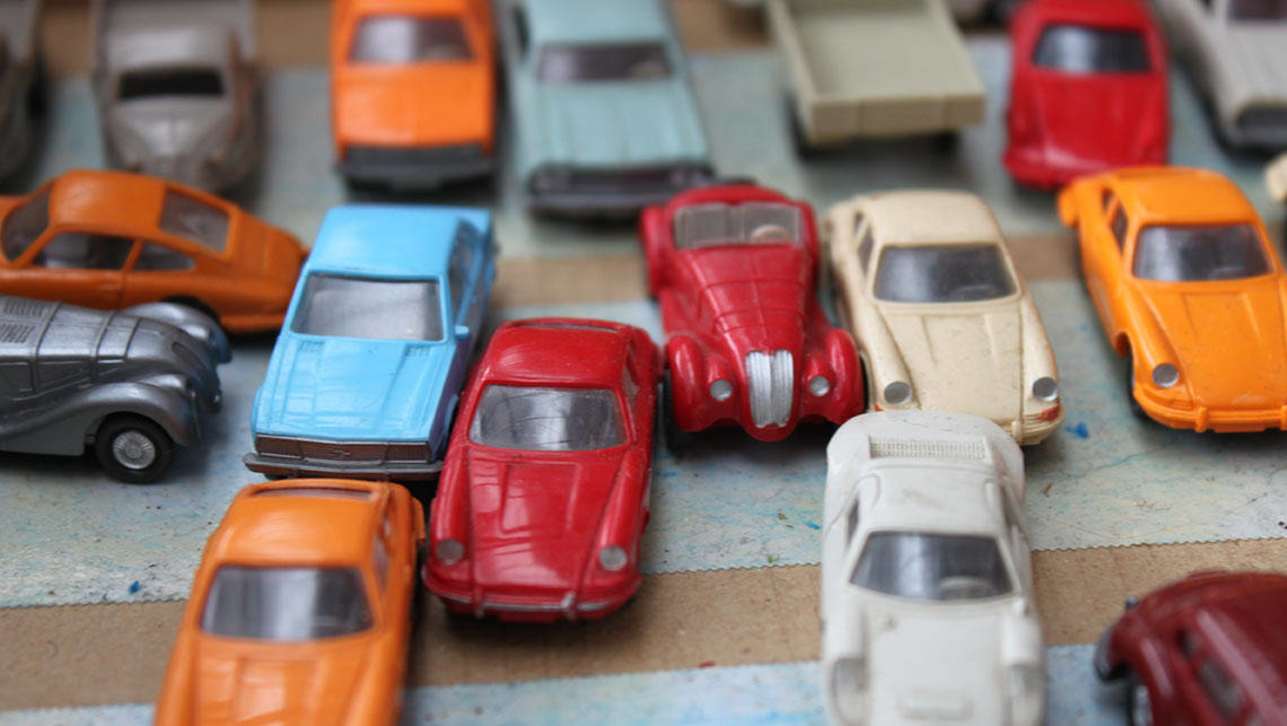New research from Germany proves that the ultra-bright lamps are a major road-safety bonus, with a reduction of up to 50 per cent in the after-dark crash rate. Only two Australian-made cars are fitted with Xenon lamps — the Holden Caprice and Statesman — but a growing number of European and Japanese imports have the high-intensity lamps, the majority using them for both high and low beams.
Despite criticisms from some Carsguide readers about excessive glare for oncoming cars, the ADAC in Germany — the equivalent of the Australian Automobile Association — is a strong supporter after detailed research over several years. "If all vehicles were equipped with Xenon headlights, the number of serious accidents at night would be reduced by up to 50 percent, and the number of traffic fatalities by at least 18 percent," ADAC says after research in the Rheinland region.
The advantage of Xenon lamps — which get their name from the gas used in the globes — is that they provide two to three times more light than halogen types. They can provide a longer range, although this is limited by law in Europe to reduce dazzling, and do a better job of illuminating at the side of a vehicle.
“About half of all car drivers feel stressed by poor visibility, with serious accidents occurring particularly often in such circumstances. By illuminating the road better, Xenon can be proved to increase the feeling of safety,” says Tomas Plessinger, spokesman for Hella Australia.
But they are not a universal or perfect solution to after-dark driving.
"The halogen headlamps used in Australian cars actually give better distance, but not the same precision as Xenon," says Plessinger. "Also, they are expensive. If you look at typical European brands, such as Audi and Volkswagen and BMW, you will pay between $2000 and $3000 extra for a bi-Xenon light system."
Plessinger says a factory-fitted Xenon lamp system must also be fitted with a self-leveling device and washers. This is to keep the light in the right space and prevent dirt from diffusing or re-directing the beam. So he warns against retro-fitting Xenon, despite the proven advantages.
"The issue in Australia is to educate road users about the fact that the Xenon headlamp is build specifically for a Xenon application. It is illegal to retrofit any Xenon application into the existing halogen headlamp because they do not have the important cleaning and leveling systems. That's why Hella does not offer to its customers xenon retrofit kit," he says.
Even so, Plessinger sees a growing number of Xenon systems coming in future. "It has clear advantages. The research in Germany proves this. "Hella and the car companies have developed a number of systems including dynamic bend lighting and an adaptive cut-off that automatically dips the high beam when a camera detects an oncoming vehicle."





.jpg)
.jpg)



.jpg)
.jpg)

.jpg)


.jpg)




.jpg)








Comments